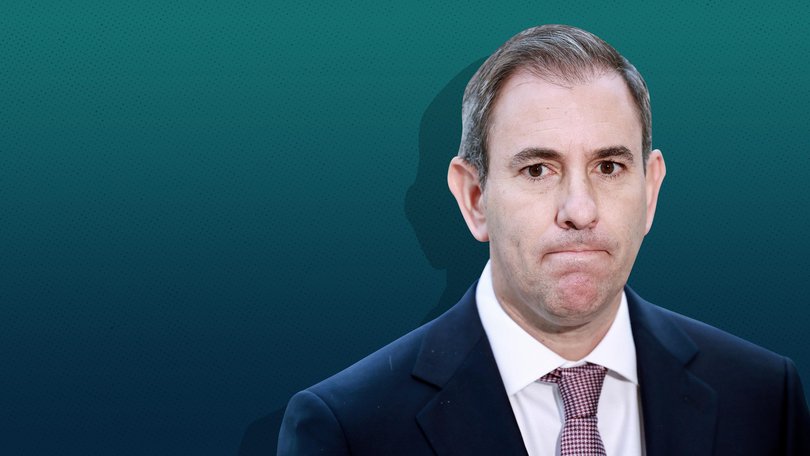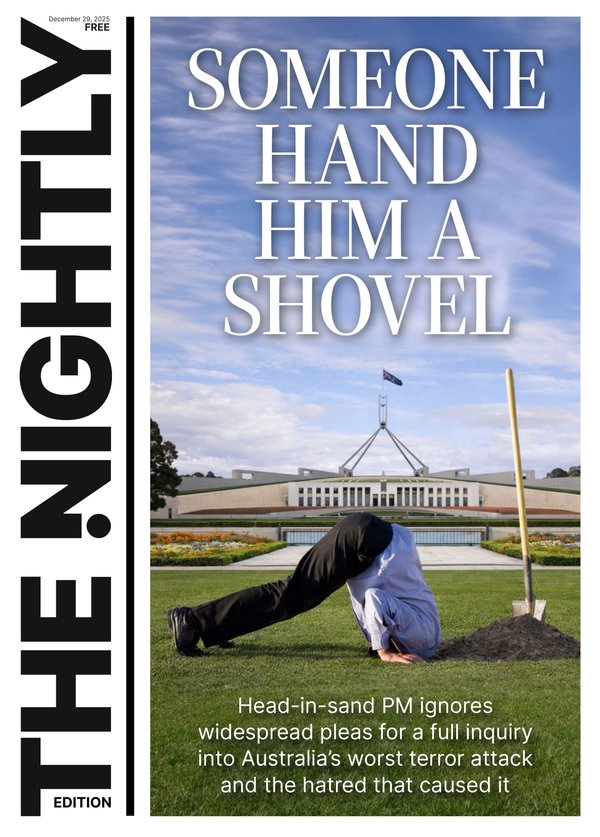EDITORIAL: Cost of living still a crisis for many Australians

In the lead-up to the Federal election, the cost of living was all any politician wanted to talk about.
Anthony Albanese wanted voters to believe Labor was the only party to bring some relief. The Coalition wanted to hammer home that it was under Labor that the crisis has flourished, eating away at household savings and squeezing budgets harder than they had been for decades.
But since May 21, it’s gone from an all-consuming obsession to barely a murmur.
Sign up to The Nightly's newsletters.
Get the first look at the digital newspaper, curated daily stories and breaking headlines delivered to your inbox.
By continuing you agree to our Terms and Privacy Policy.Energy rebates which were the cornerstone of cost-of-living relief from both the Federal Government and the States are coming to a quiet end.
With inflationary pressures finally fading, it appears the Government considers it mission accomplished.
For those households which were merely inconvenienced by rising prices, perhaps that’s the case. They can afford to absorb the higher prices for groceries, clothing and other products.
With inflation back within the Reserve Bank’s 2-3 per cent target band and interest rates falling, those households will be able to claw back some of that shortfall as their mortgage payments come down.
But what about the rest of the country? Those for whom this “cost-of-living crisis” is exactly that — a crisis?
These are the families which cannot simply adjust to a new normal of higher prices. They’ve had to reach out for help from friends, family or financial assistance agencies over the basics. They’re already on payment plans for their electricity, gas and water bills.
They won’t benefit from falling interest rates, because their rents have already increase by 50 per cent of more since 2020. Those rents are still increasing — just at marginally reduced speed.
Are they supposed to consider themselves fortunate it’s not worse?
The worst might be over, but there’s no denying that much of the country remains in a deep funk.
So what’s the answer?
Treasurer Jim Chalmers says that as inflationary pressures ease, he is switching his focus to boosting the nation’s ailing productivity.
That’s welcome, but approaching three months after the election which delivered Labor a resounding majority and there has so far been little to show for it.
Dr Chalmers is hosting a productivity roundtable next month, and the Government says no topic will be off-limits.
Despite that rhetoric, there’s a scepticism that Labor is truly prepared to enact the kind of structural tax reform needed to kick the spluttering economy back into gear. That’s true reform that reshapes the tax system to reward aspiration and provide incentives to businesses to invest. Not the type of inefficient reform that looks at high earners as an easy target, such as the plan to tax unrealised capital gains on superannuation balances of great than $3 million.
There’s been precious little detail too on the Government’s plan to fulfil its target of 1.2 million new homes by 2029. Certainly, boosting supply is the only sustainable way to bring housing costs down. But exactly how does the Government plans to massively increase construction productivity while ensuring builds are of a high quality? These are questions to which there is no easy answer. But they are ones the Government must address if Australians are to reclaim any of their loss in living standards.
